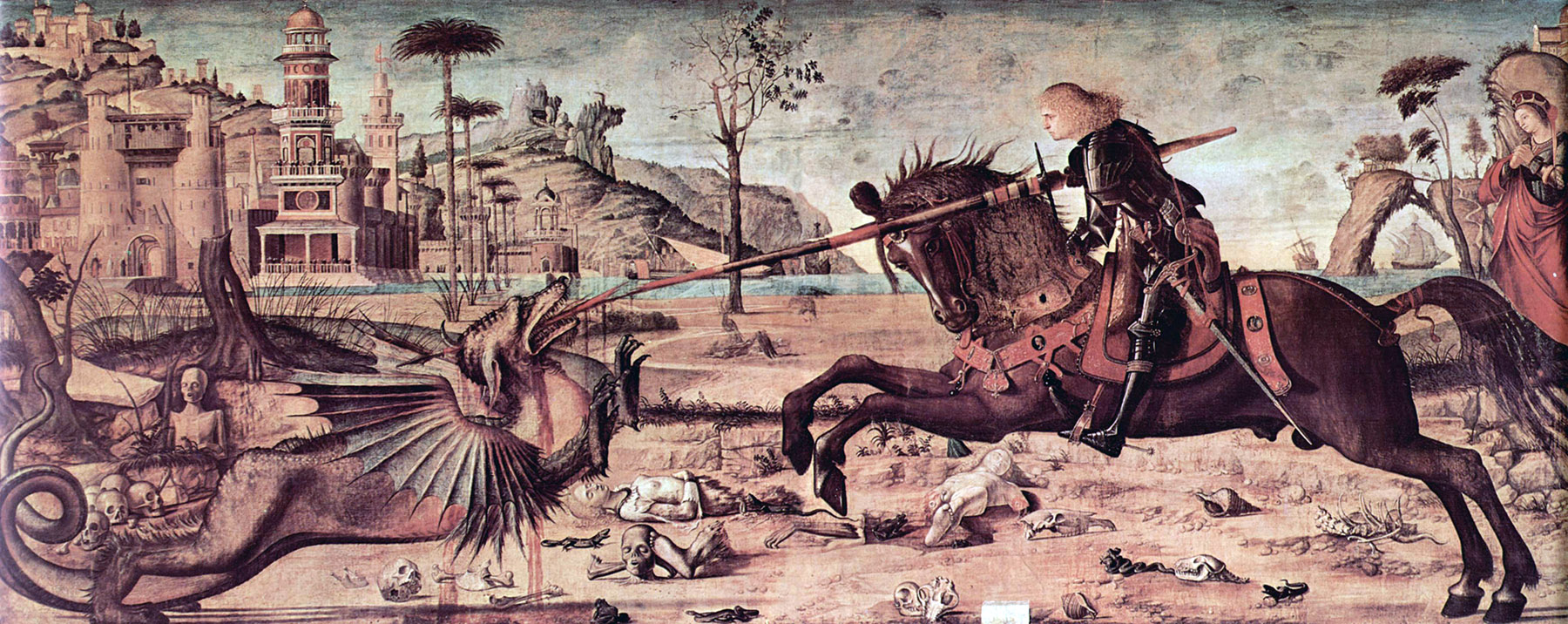
Exotic influence: The oriental World of Carpaccio in the Scuola degli Schiavoni and Venetian Gothic Architecture
The economic relationships between Venice and the Middle East, with long-term stays by Venetian merchants in cities like Constantinople, Alexandria and Aleppo, as well as the frequent journeys that sea merchants and artisans made there, left many traces in Venetian culture: in food, in crafts, and especially in art and architecture.
In this tour we visit the small Scuola di San Giorgio degli Schiavoni, the Dalmatian brotherhood, where a cycle of early 16th century paintings by Carpaccio recounts the stories of St. George, Tryphon and St. Augustine set in a fabulous Orient, with exotic costumes, animals and foreign landscapes.
During our walk through the Castello district, we’ll observe the various forms of Byzantine and Gothic window arches, which clearly reveal the Eastern Mediterranean influence.
We’ll see also campo San Giovanni della Bragora, where its small Gothic church enshrines important works of art: some pieces reflect the influence of Byzantine ceremonial way of representation, while others the “new” spirit of the Italian Renaissance.


